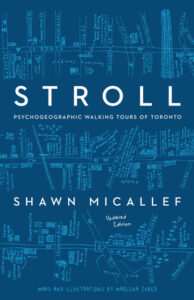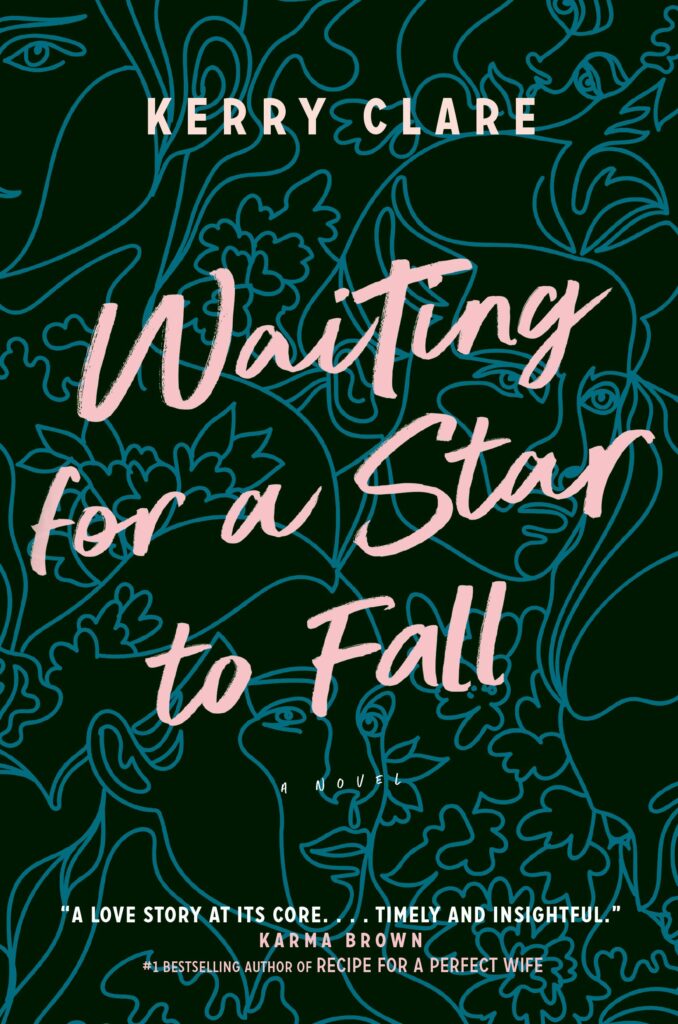June 27, 2024
STROLL, by Shawn Micallef
Toronto’s St. Anne’s Anglican Church—lost to a devastating fire on June 9—was a sacred space, but not necessarily for the fact of it being a church, and I was thinking about this as I took in the widespread grief people were feeling in the aftermath, surprised too by the weight of my own grief. I am not religious, I don’t live near St. Anne’s, its iconic dome never factored into my personal cityscape, but I’d been inside the church once, years ago, when it was home to the Brockton Writers Series, and the experience was awe-inspiring, unforgettable. I’d also dropped at least one of my children for Girl Guides at the nearby Parish Hall, and I think it’s this element of community, of openness and accessibility, in addition to the treasures of its art and architecture, that made St. Anne’s a sacred space. The fact too of such an extraordinary building in a pretty ordinary setting—at the end of a row of houses in a residential neigbourhood, across the street from a chocolate factory.
The Ontario Science Centre—abruptly closed last week by a government that’s never earned our trust—is not so different, and public outcry at this loss has been just as intense. A centennial project built in a Toronto suburb by one of Canada’s most famous architects, the building is a testament to progress and technology, to the benefits and necessity of science education. I was last there three weeks ago as chaperone on a school trip, and as we rode the escalators up through the ravine—cardinals, redwing blackbirds and sparrows—I was as awe-struck as I’d been in the St. Anne’s sanctuary. Like St. Anne’s, there is nothing else like it, and to imagine it to be replaceable, even disposable. I can’t fathom the lack of vision required for that.
But maybe all places are a little bit sacred, places where people go and people are. Places which are homes to our memories, our stories, proof we cling to of some kind of solid foundations in the whirlwind of time.
And what a whirlwind it is!
I bought the updated edition of Shawn Micallef’s STROLL five weeks ago, and was not expecting to read it cover-to-cover. I thought it might be more aspirational, that it would be good company on walks I’d be unlikely to take, but then I started reading, and I didn’t stop. A walk a day. And while it’s still unlikely I’ll ever venture on a hike from Sherway Gardens, I’m curious now, and I’ve already made a trip to Bathurst and Lawrence inspired by Bathurst Walk. I especially enjoyed the walks about areas that are already familiar to me, deepening my connection to my own local geography, but I just as much loved reading about walks in places further afield, neighbourhoods with names like Bendale, West Hill, Willowdale, or the spot in the north of the city that, Micallef declares, brings him, “as close as I’ve ever come to feeling like…William Wordsworth, [wandering] through the rural Lake District in England.”
Cities, as Micallef knows, are never static, are layer upon layer of history and meaning, and his wild connections are my favourite part of the text: “When CHUM’s tight rotation allowed them to play Bowie’s ‘Rebel, Rebel,’ it would’ve been easy to pretend it was an homage to William Lyon Mackenzie’s rebel forces, whose advance was stopped here in 1937.” Or, regarding the O’Keefe Centre, which hosted Mikhail Baryshnikov following is 1974 defection from the Soviet Union: “That Cold War drama was able to play out down here because Victorian-era Torontonians decided to extend the city south of Front Street, where the original shoreline of Lake Ontario was located.”
Apart from a few exceptions (that North York trip for lunch at the United Bakers Dairy Restaurant), I’ve not yet gone far out of my way to partake in one of Micallef’s strolls, but reading the book has already changed the way I see my usual circuit. A trip to Harbourfront two weeks ago had me noticing how buildings around the ferry docks turn their backs on the city, because when they were built in the 1970s, there was very little city immediately for them to see. I saw the Gerrard Street gates to Chinatown on a streetcar journey up Broadview Avenue on Sunday, something I’d never noticed before. The way he writes about Dupont Street, “As with the servant’s side of a British manor house, things get taken care of on Dupont: it’s a working street that keeps the prettier parts of the city running.”
Even Dupont Street is sacred if you quint.






